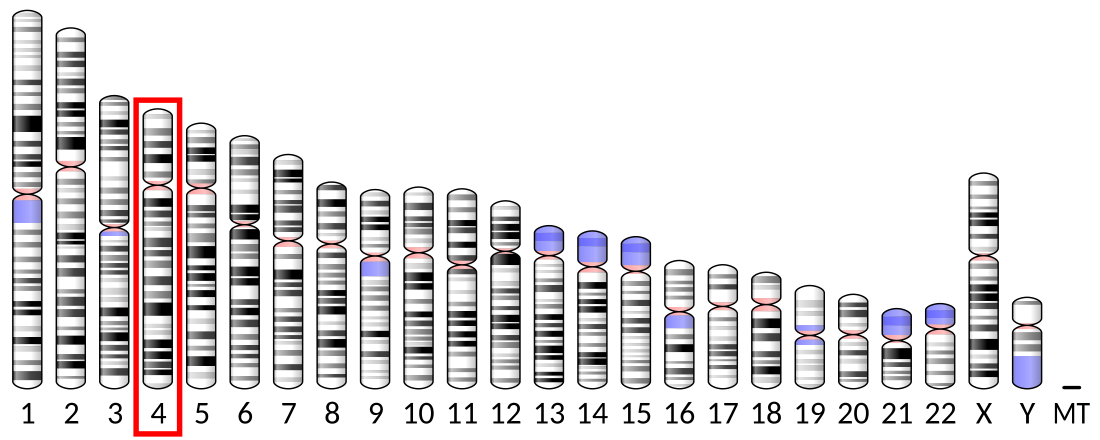Top Qs
Timeline
Chat
Perspective
Latrophilin 3
Protein-coding gene in the species Homo sapiens From Wikipedia, the free encyclopedia
Remove ads
Latrophilin 3 is a protein that in humans is encoded by the ADGRL3 gene.[5][6]
Remove ads
Function
This gene encodes a member of the latrophilin subfamily of G protein-coupled receptors (GPCR). Latrophilins may function in both cell adhesion and signal transduction. In experiments with non-human species, endogenous proteolytic cleavage within a cysteine-rich GPS (G-protein-coupled-receptor proteolysis site) domain resulted in two subunits (a large extracellular N-terminal cell adhesion subunit and a subunit with substantial similarity to the secretin/calcitonin family of GPCRs) being non-covalently bound at the cell membrane.[6]
Remove ads
Clinical significance
A version of this gene has been linked to attention deficit hyperactivity disorder (ADHD).[7]
See also
References
Further reading
External links
Wikiwand - on
Seamless Wikipedia browsing. On steroids.
Remove ads




